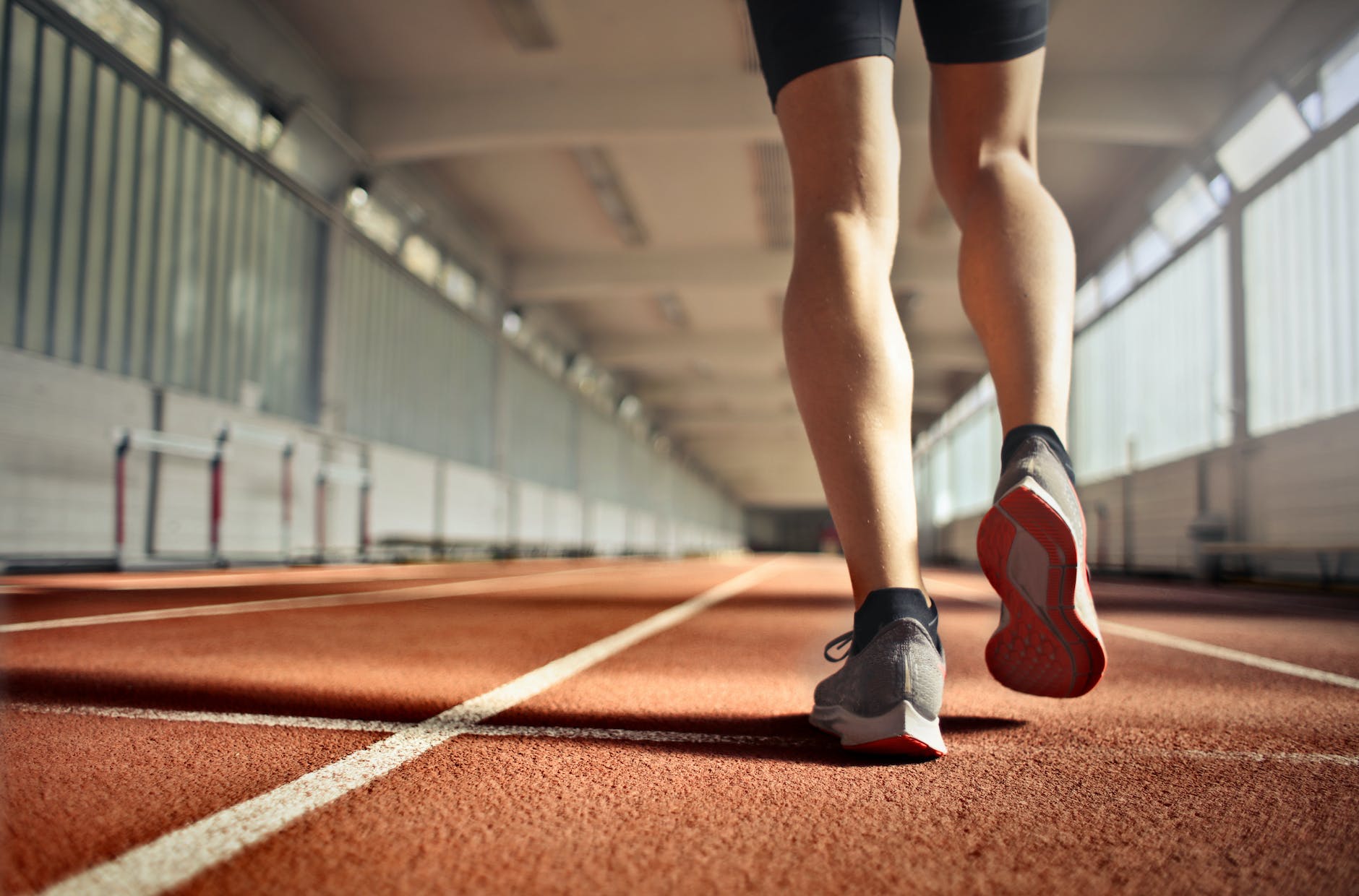Have you ever marveled at how effortlessly your body moves through space, allowing you to walk, run, jump, and dance with precision and grace? This remarkable sense of body awareness and movement, known as kinesthesia, plays a crucial role in our daily lives and physical activities. In this blog post, we will delve into the fascinating world of kinesthesia, understanding how our bodies sense movement and positioning, and exploring how harnessing this innate ability can help us enhance our physical performance.
The Science Behind Kinesthesia
At the core of kinesthesia lies the intricate communication between our muscles, joints, and brain. When we engage in any movement, specialized receptors called proprioceptors send signals to the brain, informing it about the position and movement of our body parts. These proprioceptors, located in muscles, tendons, and joints, play a crucial role in providing real-time feedback to the brain, allowing us to perform complex motor tasks with precision and accuracy.
Benefits of Developing Kinesthetic Awareness
Enhancing our kinesthetic awareness can yield a myriad of benefits, ranging from improved coordination and balance to heightened proprioception and body awareness. By fine-tuning our ability to sense and control our movements, we can experience greater efficiency in our physical performance, whether in sports, exercise, or everyday activities.
How to Enhance Kinesthetic Awareness
To cultivate a keen sense of kinesthesia, incorporating specific exercises and mindful movement practices into your routine can be highly effective. Proprioceptive exercises, such as balance drills and stability training, can help sharpen your body’s feedback mechanisms and improve coordination. Additionally, integrating practices like yoga, tai chi, or dance can enhance body awareness and promote fluid, intentional movements.
Image courtesy of www.linkedin.com via Google Images
Real-Life Applications of Kinesthetic Awareness
A heightened kinesthetic awareness can have practical applications in various domains, particularly in sports and performing arts. Athletes who possess a strong sense of body awareness and movement control often excel in their respective disciplines, demonstrating exceptional coordination and agility. Similarly, dancers and performers utilize their kinesthetic sense to convey emotion, storytelling, and artistic expression through their movements, captivating audiences with their grace and precision.
Conclusion
Understanding and harnessing the power of kinesthesia can unlock new possibilities for how we move and interact with the world around us. By cultivating our kinesthetic awareness through targeted exercises, mindful practices, and daily mindfulness, we can enhance our physical performance, improve our coordination and balance, and elevate our overall quality of movement. Embrace the innate wisdom of your body’s sense of movement, and witness the transformative impact it can have on your wellbeing and athleticism.




